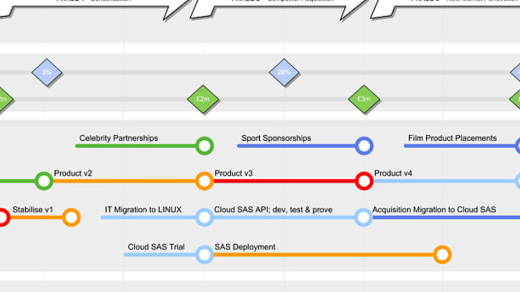Welcome to the world of Cloud Native Applications, where innovation meets scalability and flexibility. In this article, we will explore the essence of these cutting-edge applications and unravel the secrets behind their remarkable rise in the digital landscape. So, fasten your seatbelts and get ready to dive into the fascinating realm of Cloud Native Applications!
Understanding cloud-native applications
![]()
Cloud-native applications are a type of software that are designed specifically to run in a cloud computing environment. They are built using modern development practices and technologies that enable them to take full advantage of the benefits offered by the cloud.
One key characteristic of cloud-native applications is their ability to scale easily. They are designed to be highly scalable, meaning that they can handle a large number of users and a high volume of traffic without experiencing performance issues. This scalability is achieved through the use of techniques such as load balancing and **provisioning**.
Another important aspect of cloud-native applications is their ability to be deployed and managed easily. They are typically built using **DevOps** principles, which means that the development and operations teams work closely together to automate the deployment and management processes. This allows for continuous delivery and reduces the time it takes to bring new features and updates to market.
Cloud-native applications also make use of **containerization** technology, such as **OS-level virtualization**. Containers provide a lightweight and isolated environment for running applications, making it easier to deploy and manage them across different environments. They also enable better resource utilization and reduce dependencies between different components of the application.
In addition, cloud-native applications are designed to be **resilient** and **fault-tolerant**. They are built using loosely coupled components that can be easily replaced or scaled independently. This allows for better fault isolation and enables the application to continue running even if one or more components fail.
Exploring cloud-native application architecture
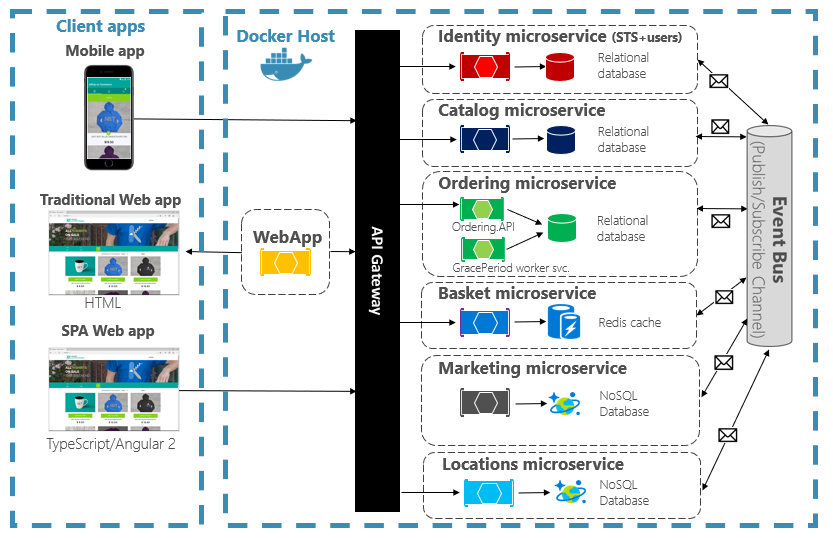
Cloud-native application architecture refers to the design and development of applications that are specifically built to operate in a cloud environment. This approach leverages the capabilities of cloud computing to enhance scalability, agility, and resilience.
In a cloud-native application architecture, applications are typically designed as a collection of loosely coupled components that can be independently deployed and scaled. This allows for greater flexibility and easier maintenance. These components are often packaged as containers to ensure consistency and portability across different cloud environments.
To enable seamless communication and resource sharing, cloud-native applications are built using APIs and adhere to standard communication protocols. This enables integration with other applications and services, both within and outside the cloud environment.
One key aspect of cloud-native application architecture is the use of microservices. These are small, independent services that perform specific functions and can be easily combined to build complex applications. Microservices enable developers to adopt a declarative programming approach, where they define the desired state of the application rather than specifying how to achieve it. This simplifies development and allows for more efficient resource allocation.
Another important concept in cloud-native application architecture is orchestration. This involves automating the deployment, scaling, and management of application components. Tools like Kubernetes provide a framework for orchestrating containers and managing their lifecycle.
By adopting a cloud-native application architecture, organizations can achieve greater business agility and reduce time-to-market for their applications. This approach allows for faster development and deployment cycles, as well as easier scalability and fault-tolerance.
Differentiating cloud-native and cloud-based apps
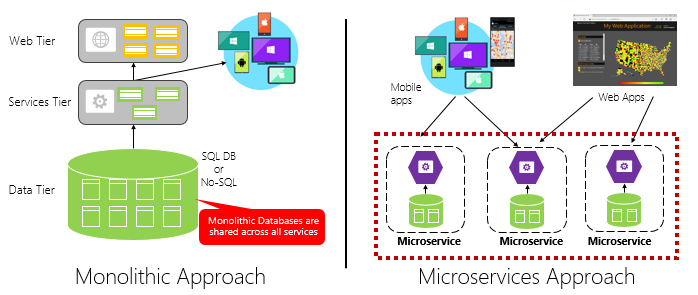
Cloud-native applications are specifically designed to run on cloud platforms. They are built using a set of principles and technologies that enable scalability, resilience, and agility in the cloud environment. These applications are typically containerized and deployed in a microservices architecture.
On the other hand, cloud-based applications are traditional applications that are hosted in the cloud. They may or may not be designed to fully leverage the benefits of a cloud environment. These applications are often migrated from on-premises infrastructure to cloud infrastructure.
The main difference between cloud-native and cloud-based applications lies in their design and architecture. Cloud-native applications are built from the ground up to take advantage of cloud-native technologies and services. They are designed to be highly scalable, fault-tolerant, and adaptable to changing demands.
Cloud-based applications, on the other hand, are often designed for a traditional on-premises environment and then migrated to the cloud. While they can benefit from the scalability and accessibility of the cloud, they may not fully exploit the capabilities of the cloud platform.
To develop cloud-native applications, it is important to have a good understanding of cloud technologies and platforms. This is where Linux training can be beneficial. Linux is a popular operating system for cloud environments and having Linux skills can help you effectively develop and deploy cloud-native applications.
By taking Linux training, you can learn about containerization technologies like Docker and container orchestration platforms like Kubernetes. These technologies are essential for building and managing cloud-native applications. Additionally, Linux training can also cover topics like cloud storage, networking, and security, which are crucial for developing robust cloud-native applications.
Leveraging the benefits of cloud-native applications
Cloud-native applications are designed to run on cloud platforms, utilizing cloud storage, networking, and computing resources. They are built with a focus on scalability, resilience, and automation. This allows for seamless integration with other cloud services and APIs, enabling efficient load balancing and provisioning.
One of the key advantages of cloud-native applications is their ability to leverage the power of the cloud to handle high levels of traffic and data. By using cloud computing architecture, these applications can scale horizontally across a computer cluster, ensuring optimal performance even during peak usage periods.
Another benefit is the flexibility and speed of deployment that cloud-native applications offer. With continuous delivery and DevOps practices, you can rapidly deploy new features and updates, reducing time-to-market and improving customer satisfaction.
In addition, cloud-native applications promote loose coupling and declarative programming, making them highly modular and easy to maintain. This enables developers to focus on building and improving specific components without impacting the entire system.
By embracing cloud-native principles, organizations can also achieve improved resource management and cost efficiency. Cloud-native applications leverage the scalability and flexibility of cloud platforms, allowing for efficient utilization of resources and cost optimization.
Furthermore, cloud-native applications provide enhanced security and reliability. With built-in redundancy and orchestration capabilities, these applications can withstand failures and ensure uninterrupted service delivery. Additionally, service mesh technology can be used to enhance the security and control of communication between services.
Essential tools for cloud-native app development
| Tool | Description |
|---|---|
| Kubernetes | A container orchestration platform that automates the deployment, scaling, and management of containerized applications. |
| Docker | A containerization platform that allows applications to be packaged and run consistently across different environments. |
| Microservices | An architectural style where applications are divided into small, loosely coupled services that can be developed, deployed, and scaled independently. |
| CI/CD Pipeline | A set of practices and tools that enable continuous integration (CI) and continuous delivery (CD) of software changes, ensuring frequent and reliable releases. |
| Service Mesh | A dedicated infrastructure layer that handles service-to-service communication, providing advanced features like traffic management, service discovery, and security. |
| Monitoring and Logging | Tools and frameworks that collect and analyze application metrics, logs, and events, allowing developers to gain insights into the performance and behavior of their cloud-native applications. |
| Infrastructure as Code (IaC) | An approach to provisioning and managing infrastructure resources using declarative configuration files, enabling automated and repeatable deployments. |
| Serverless Computing | A cloud computing model where applications are built and run without the need to manage servers, allowing developers to focus purely on writing code. |
The future outlook of cloud-native applications
Cloud-native applications are the future of software development, offering numerous benefits and opportunities for businesses. These applications are designed to fully leverage the capabilities of cloud computing architecture, utilizing a wide range of technologies and tools to deliver scalable and agile solutions.
One of the key characteristics of cloud-native applications is their ability to run in a distributed computing environment, such as a computer cluster or a network of servers. This allows for improved scalability and resilience, as the application can dynamically allocate resources based on demand.
Cloud-native applications also embrace the use of APIs (Application Programming Interfaces) to enable communication and integration with other applications and services. This enables seamless interoperability and allows for the development of modular and component-based software.
Load balancing and provisioning are crucial aspects of cloud-native applications, ensuring that resources are distributed efficiently and that the application can seamlessly scale up or down as needed. This is particularly important in cloud environments where resources are shared and can be dynamically allocated.
Operating systems and virtualization technologies play a vital role in cloud-native applications. OS-level virtualization allows for the creation of isolated and lightweight containers, which can be easily deployed and managed. This enables greater flexibility and efficiency in resource utilization.
Cloud-native applications are not limited to traditional software applications. They can also be mobile apps or services that leverage the power of the internet and communication protocols to deliver functionality to users.
By embracing cloud-native development practices, businesses can achieve greater agility and responsiveness in their software development lifecycle. This allows for faster time to market, improved scalability, and the ability to quickly adapt to changing business needs.
Some of the leading cloud computing providers, such as Amazon Web Services, offer a range of tools and services that support the development and deployment of cloud-native applications. These include managed services for container orchestration, serverless computing, and infrastructure provisioning.
Building cloud-native applications: A step-by-step guide
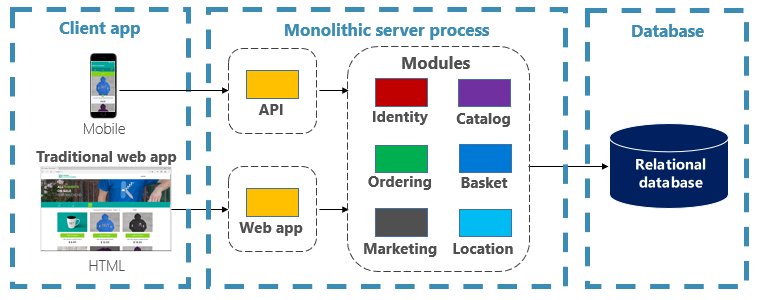
Building cloud-native applications is a step-by-step process that requires careful planning and execution. To begin, it is essential to understand the concept of cloud-native computing and its benefits. Cloud-native applications are designed to fully leverage the capabilities of the cloud, allowing for scalability, flexibility, and resilience.
The first step in building a cloud-native application is to determine the requirements and goals of the application. This involves identifying the target audience, defining the desired functionality, and outlining the expected performance metrics. It is also important to consider the specific needs of the application, such as its expected traffic volume and data storage requirements.
Once the requirements are defined, the next step is to select the appropriate cloud platform. There are several options available, including Amazon Web Services (AWS), Microsoft Azure, and Google Cloud Platform. Each platform offers different features and services, so it is crucial to choose the one that best aligns with the application’s requirements.
After selecting the cloud platform, the next step is to design the architecture of the application. This involves determining the components and services that will be used, such as databases, storage systems, and messaging queues. It is important to design the architecture in a way that promotes loose coupling and scalability, allowing for easy addition or removal of components as needed.
Once the architecture is defined, the next step is to develop the application. This involves writing the code, integrating with necessary APIs, and implementing the desired functionality. It is important to follow best practices for cloud-native application development, such as using containerization technologies like Docker and Kubernetes, and adopting a microservices architecture.
After development, the application needs to be tested thoroughly to ensure its functionality and performance. This involves conducting unit tests, integration tests, and load tests to identify any bugs or performance bottlenecks. It is also important to monitor the application continuously to identify and address any issues that arise in production.
Finally, once the application is tested and deemed ready for deployment, it can be deployed to the cloud platform. This involves provisioning the necessary resources, such as virtual machines and storage, and configuring the application to run in a cloud-native environment. It is important to consider factors such as scalability, redundancy, and resource management during the deployment process.
Exploring serverless architecture in cloud-native apps
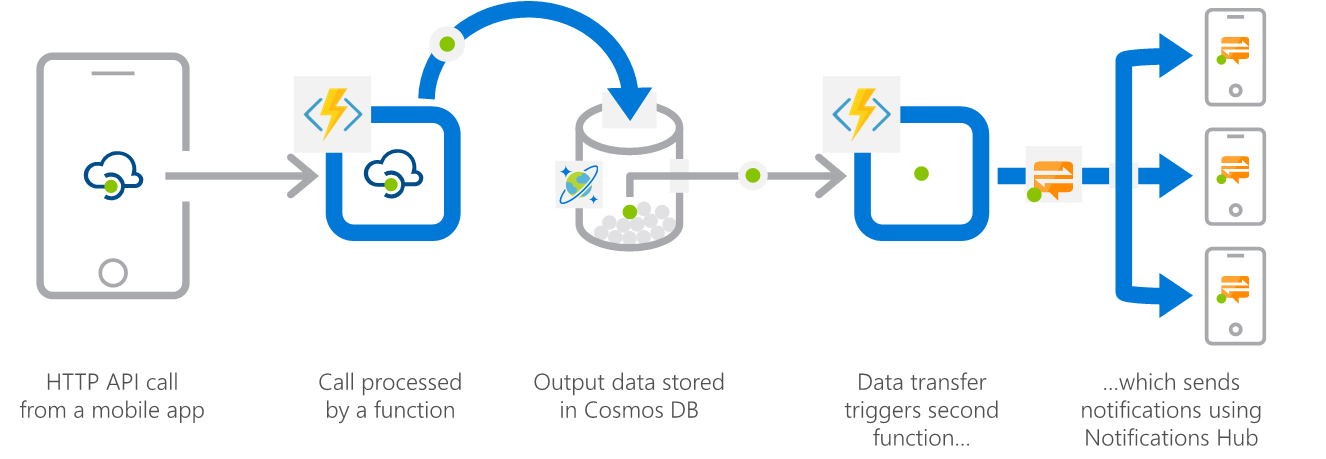
Serverless architecture is a key element of cloud-native applications. By leveraging serverless computing, developers can focus on writing code without the need to manage servers. This approach offers numerous benefits such as scalability, cost-effectiveness, and reduced time to market.
In a cloud-native app, serverless architecture allows developers to break down their application into smaller, independent functions or microservices. These functions can be deployed and executed independently, allowing for greater flexibility and agility in the development process.
With serverless architecture, developers can take advantage of the Cloud Native Computing Foundation (CNCF) ecosystem, which provides a wide range of tools and frameworks to support the development and deployment of cloud-native applications. This ecosystem includes popular technologies like Kubernetes, Docker, and Prometheus.
Serverless computing also simplifies the management of resources and infrastructure. By using APIs and managed services provided by cloud providers, developers can easily handle tasks such as load balancing, provisioning, and scaling, without the need for manual intervention.
Furthermore, serverless architecture enables seamless integration with other cloud-native technologies. By combining serverless functions with containerization and orchestration tools, developers can build highly scalable and resilient applications.
Red Hat’s role in building cloud-native applications

Red Hat plays a crucial role in building cloud-native applications by providing the necessary tools and expertise. With their Linux training, individuals can acquire the skills needed to develop and deploy applications in a cloud-native environment.
Cloud-native applications are designed to take full advantage of the cloud computing model, leveraging its scalability, flexibility, and cost-effectiveness. Red Hat’s expertise in Linux and cloud technologies allows them to guide individuals in building applications that are optimized for the cloud.
Red Hat offers training programs that cover various aspects of cloud-native application development, including containerization, orchestration, and microservices architecture. These training programs teach individuals how to use Red Hat’s tools and technologies, such as OpenShift and Kubernetes, to build and deploy cloud-native applications.
By leveraging Red Hat’s training and tools, individuals can learn how to develop applications that are highly scalable, resilient, and secure. They will gain a deep understanding of containerization technologies, which enable applications to be packaged into lightweight, portable units that can be easily deployed and managed.
Additionally, Red Hat’s training programs cover topics such as load balancing, provisioning, and networking, ensuring that individuals have a comprehensive understanding of the entire cloud-native stack. This knowledge is essential for building applications that can effectively utilize the capabilities of the cloud and deliver optimal performance.
The evolving landscape of cloud-native applications
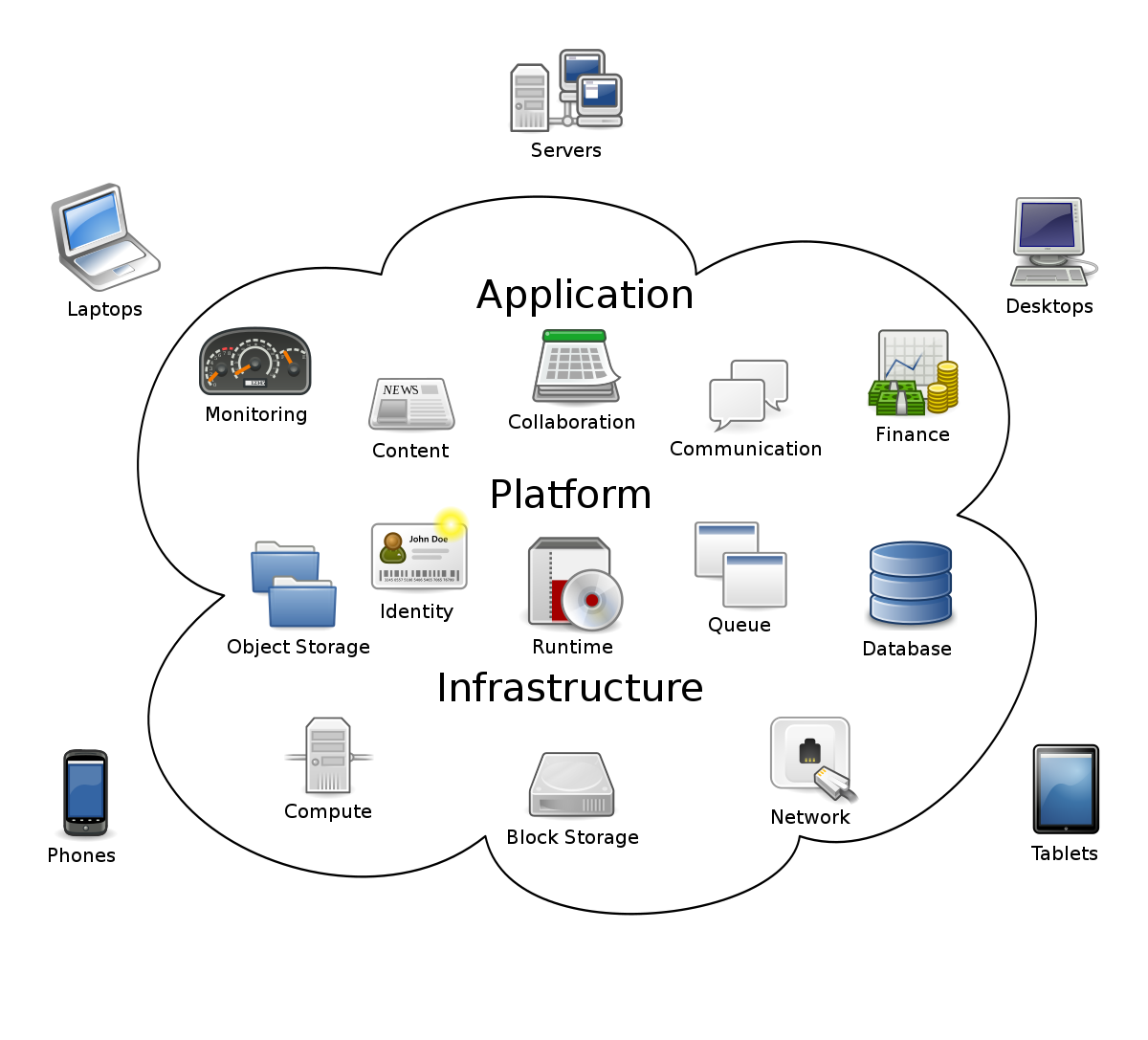
The landscape of cloud-native applications is constantly evolving, presenting new opportunities and challenges for businesses. As organizations transition towards cloud-native architectures, it is crucial to understand the key principles and characteristics that define these applications.
At its core, a cloud-native application is built and deployed using cloud technologies and services. It leverages the scalability and flexibility of the cloud to deliver enhanced performance and agility. These applications are designed to run on distributed systems, taking advantage of the power of multiple servers and networks.
One of the defining features of cloud-native applications is their reliance on **APIs** (Application Programming Interfaces). APIs allow different software components to communicate and interact with each other, enabling seamless integration and interoperability. This allows for the creation of complex, interconnected systems that can be easily scaled and adapted to changing business needs.
Load balancing and provisioning are critical aspects of cloud-native applications. Load balancing ensures that the workload is distributed evenly across multiple servers, optimizing performance and minimizing downtime. Provisioning, on the other hand, involves allocating and managing resources dynamically, allowing applications to scale up or down as demand fluctuates.
Operating systems play a crucial role in cloud-native applications. Linux, in particular, is widely used due to its stability, security, and open-source nature. Linux training is therefore essential for individuals and organizations looking to fully leverage the power of cloud-native architectures.
Cloud-native applications are not limited to the traditional desktop environment. They can also be deployed on mobile devices, taking advantage of communication protocols and mobile app development frameworks. This allows for the creation of seamless and responsive user experiences across different platforms.
Another important characteristic of cloud-native applications is their modular and component-based architecture. This approach enables developers to build applications using reusable software components, enhancing productivity and maintainability. It also allows for easier integration with other systems and services.
In terms of infrastructure, cloud-native applications are designed to run on virtualized environments, abstracting away the underlying hardware. This allows for greater flexibility, scalability, and efficiency. Additionally, the use of cloud services and platforms eliminates the need for on-premises software and hardware, reducing costs and increasing agility.
Orchestration and automation are key aspects of cloud-native computing. Through the use of orchestration tools, applications and services can be managed and coordinated effectively, ensuring smooth operation and efficient resource allocation. Automation further enhances productivity by automating repetitive tasks and processes.


